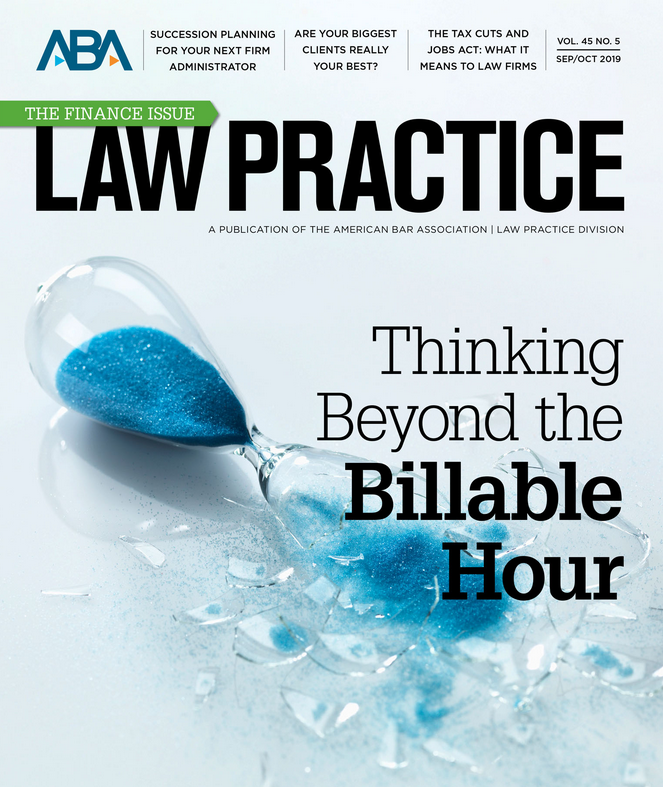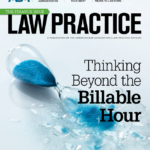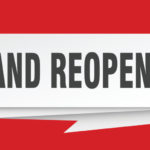For many, their most indelible and perhaps oldest memory of artificial intelligence is HAL 9000 saying “I’m sorry Dave, I’m afraid I can’t do that” when Dave asks him to open the pod bay doors in the classic science fiction thriller 2001: A Space Odyssey . Here’s a YouTube video of the scene if you want a trip down memory lane or are one of the few who has not seen it.
I mention that movie scene because it seems to represent the fears that many have of AI. A few years ago many legal publications ran stories over whether AI would replace lawyers. And there was a recent scary story on NPR about some AI researchers tricking an AI in to believing a stop sign was a speed limit sign– U.S. Military Researchers Work To Fix Easily Fooled AI. We also now appreciate that when AI is programmed by individuals who are all of the same race and culture, it may include some of their cultural biases.
But AI is here to stay. And emerging AI tools for lawyers will soon find their way into many lawyers’ offices. So I wrote a column on Artificial Intelligence and Everyday Law Practice detailing some AI applications that most lawyers have followed.
One reason I wrote on this subject is that there will be a lot of information on Artificial Intelligence and how it impacts the legal profession at the Oklahoma Bar Association Annual Meeting in Oklahoma City in November. Our special guest will be Fastcase CEO Ed Walters who will begin our Thursday morning CLE with the topic, The Malpractice of Hunches: Data Analytics to Serve Clients and Run a Successful Firm. Then we will follow up with a panel discussion, The Future is Now – What You Need to Know with me, Ed Walters, Kenton Brice (who is the Director of Technology Innovation at the University of Oklahoma College of Law) and Oklahoma City attorney Mark Robertson (who has written extensively about alternative fee agreements and billing practices). OBA General Counsel Gina Hendryx and I will finish up the morning programming with an ethics presentation Cyber Ethics – Legal Ethics in a Digital Age before we all head off to hear Ed Walters’ luncheon keynote Annual Luncheon address Real Intelligence About Artificial Intelligence.
I have to admit I am still surprised that I now routinely have some discussion of AI in my presentations to county bars across Oklahoma, including a mention of OBA member benefit Casetext (and CARA), along with the other AI brief review services announced this summer. I often tell lawyers that for many the distinction between true AI and really “smart software” isn’t that significant today. But clearly there are impacts. As I mentioned in my column, technology-assisted review (TAR) killed off much of the contract lawyer document review employment and if AI can read/review your brief and provide intelligent suggestions today, is there any doubt that someday it may be creating the first draft of the brief?
Go to Source
Author: Jim Calloway


















